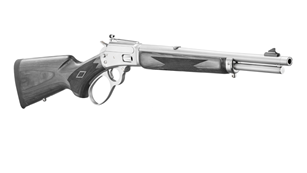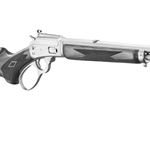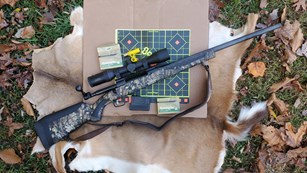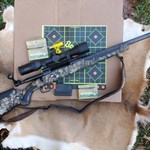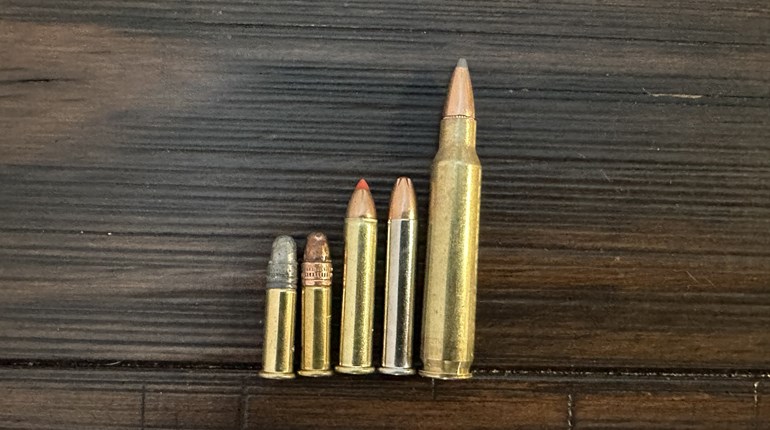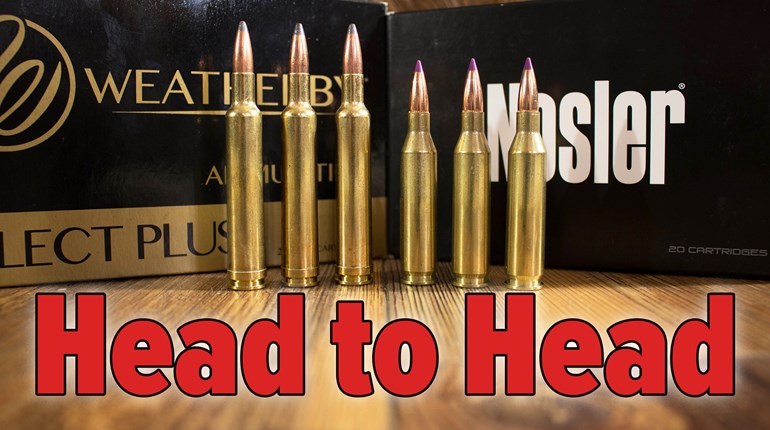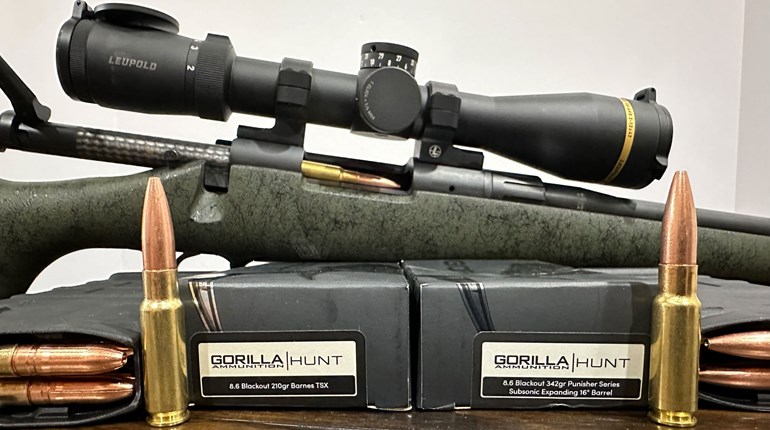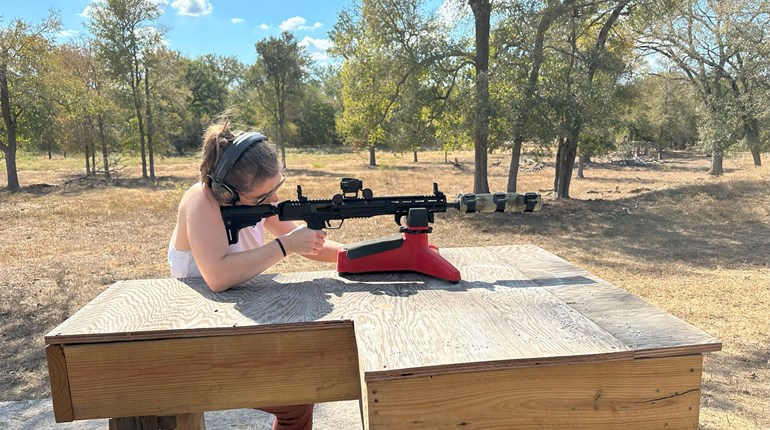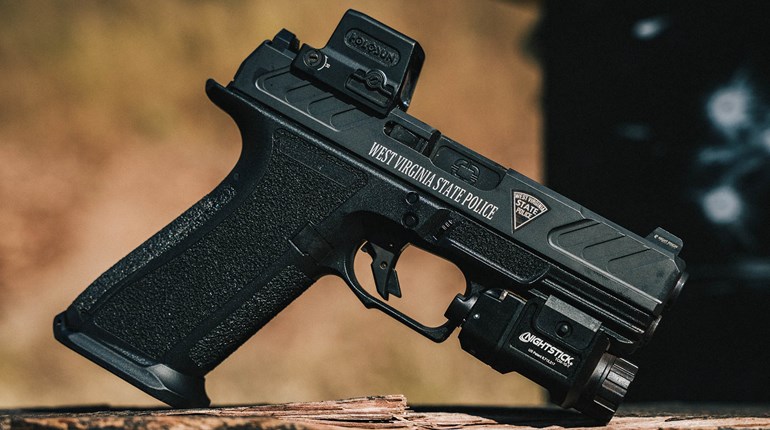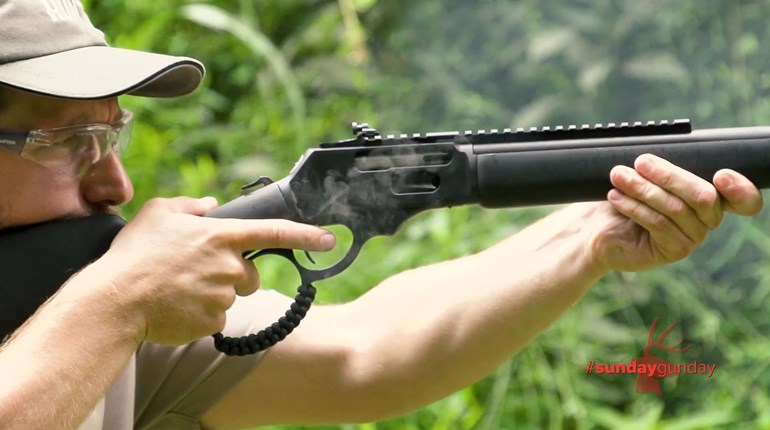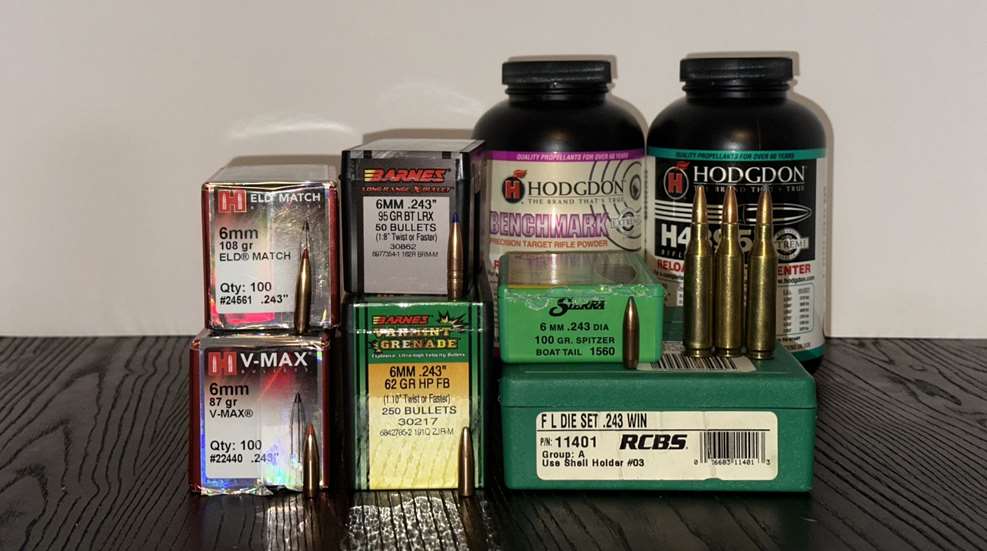
Before 22 ARC, before .224 Valkyrie, before 26 Nosler, there was a cartridge that has stood the test of time, and can pull double duty for small- to medium-size game and varmints: the .243 Winchester, also known as .243 Win.
Historic Beginnings
The .308 Winchester was – and still is – a turning point in both firearms history and most shooters’ growth. I can’t think of someone who, once they get a taste of shooting, doesn’t at some point fire a rifle chambered in .308 Win. Many gun enthusiasts know the history and the .308 Win.’s tie to the even older .30-06 Springfield. But the first cartridge that branched from the .308 Win. was the .243 Win.
Small-Bore Bore
Some people like a challenge, and if that’s you, then maybe the .243 Win. isn’t the cartridge for you. Why? Because it’s so predictable. I’ve shot a few .243 rifles, and each of them was a shooter. In fact, the first rifle I ever bought was a .243 Win. Ruger M77 MKII. I did it because it had minimal recoil (Hodgdon even has reduced-recoil loads specifically for the .243), and I’m a smaller-framed guy. My .243 shot a 2” group at 550’ (that was as long as the range went). Granted, it was a handload, but with accuracy like that, there’s not much I wouldn’t trust that rifle to do.
Versatility
One of the cool things about the .243 Win. is that it can pull double duty as I mentioned earlier – triple duty if you count it as a match cartridge, which it’s perfectly capable of, if that’s what you want to use it for. In fact, many of the major players in bullets make several options for the 6mm/.243 caliber, including Hornady, Nosler, Barnes, and Sierra.
When it comes to varmint bullets, there are some killer varmint rounds in this diameter, and the bullet weights range from Nosler’s 55-grain options (that’s the same weight as your standard 5.56/.223 Rem. bullet) up to high 80s in grain weight from Hornady. The lightest loads go nearly 1,000 feet per second (fps) faster than the .224-caliber bullets, cracking the 4,000 fps mark; the heavyweights go about the same speed or faster as your standard .223 Rem./5.56 load, clocking in at 3,100 or 3,200 fps based on Hodgdon reloading data. No prairie dog or coyote is going to be walking away from that.
As for big game, there are plenty of bullets in the 80-grain to 100-grain range, between all-copper options like Barnes’ LRX and TTSX bullets, Nosler’s AccuBond or Partition projectiles, Hornady’s ELD-X or CX lines, and Sierra’s Game King or Tipped Game King bullets. Out of my .243 I mentioned before with the latter brand, I’m easily clearing the 3,000 fps mark when I chronographed my loads, and it’s taken quite a few antelope in its day, too.
I said it earlier, and I meant it: Most wouldn’t give the .243 a second thought for match shooting, but even match bullets aren’t out of the question (provided you have the twist rate to stabilize them). Bullets from 100 grains to 115 grains can run in the .243 Win., and even the heaviest bullets (115 grains) in this category still fly at over 2,900 fps. With that kind of velocity at the muzzle, the bullet drops just over 20 feet at 1,000 yards, but is still moving at over 1,600 fps based on average weather conditions.
Tried and True
For being the smallest .308-based cartridge – and relatively old in the cartridge game overall – the .243 Win. does a lot of things better than many of the other cartridges based on the .308 do. It does it with less recoil than any other .308-based round. So whatever your purpose – be it varmint management, big-game hunting, or match shooting – each is a solid reason to consider picking up the classic .243 Win. if you don’t have one in your lineup.







